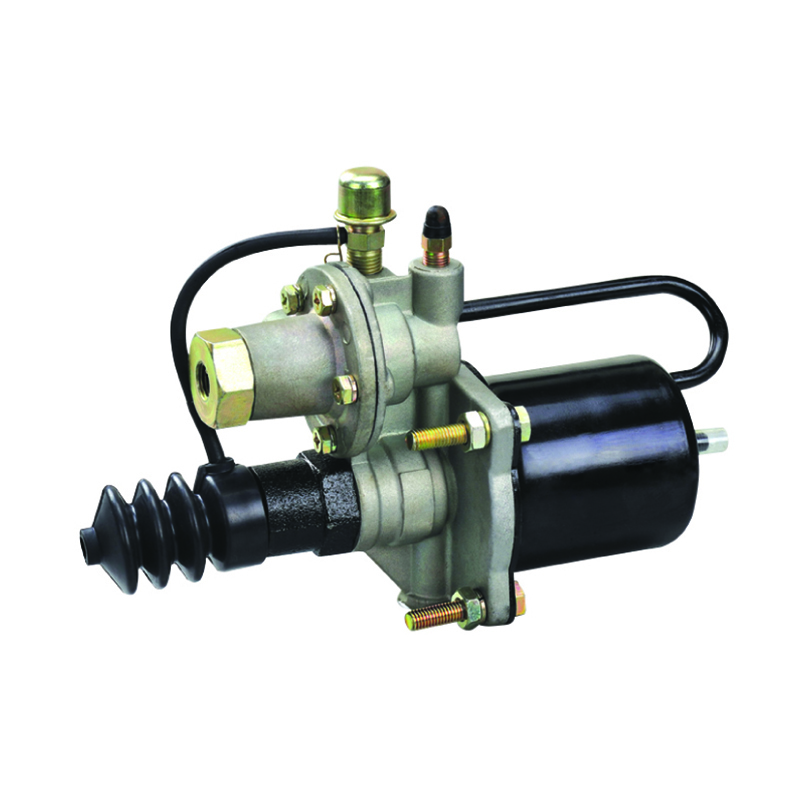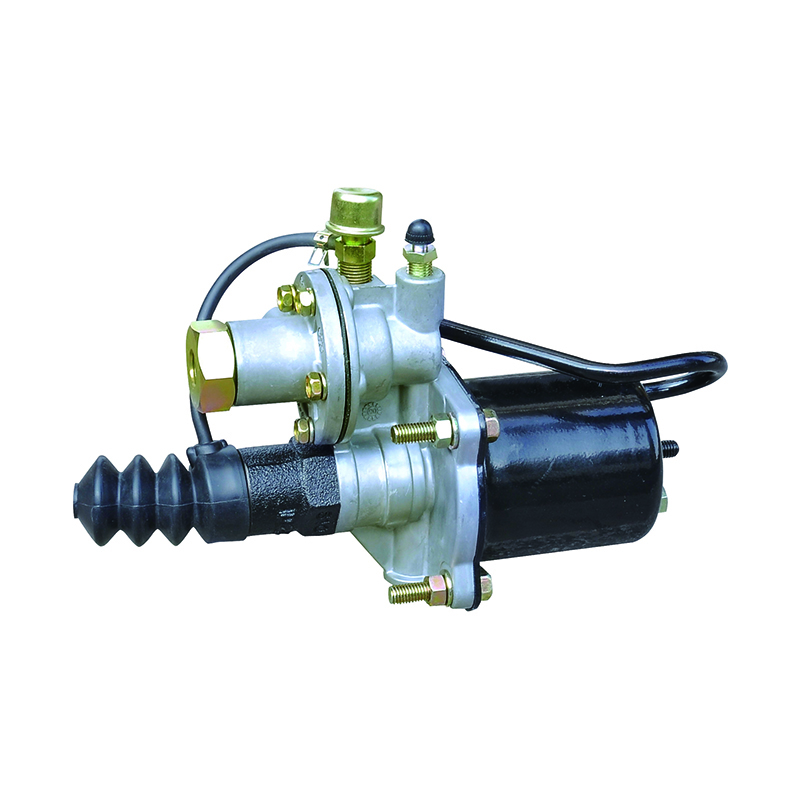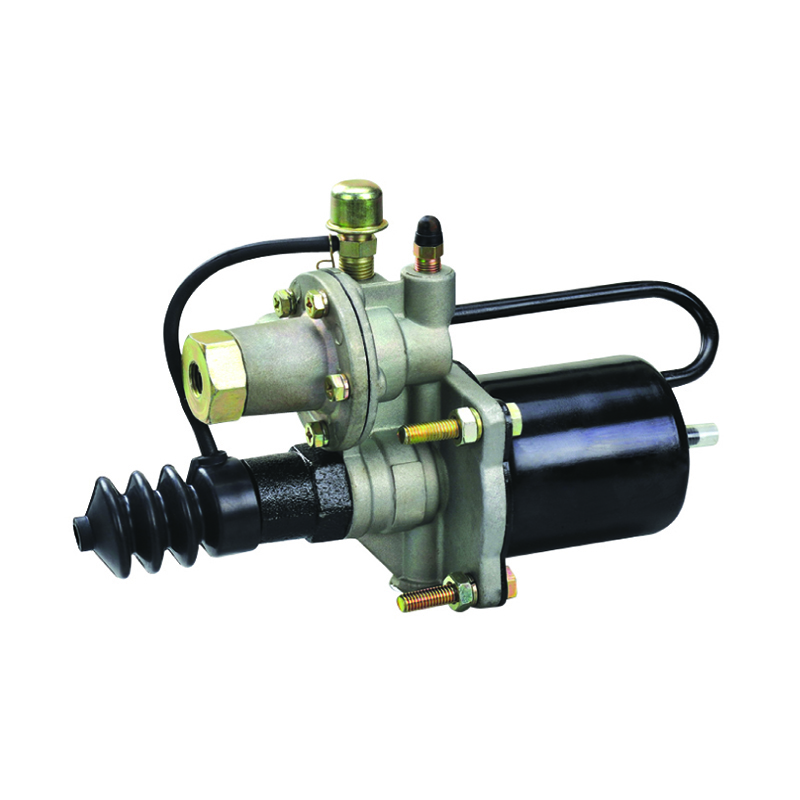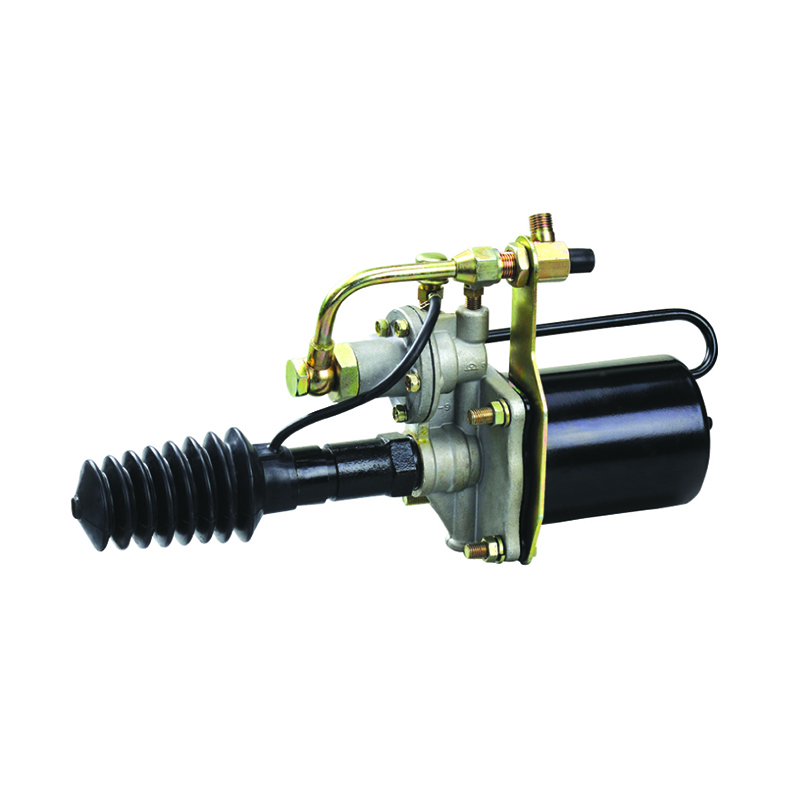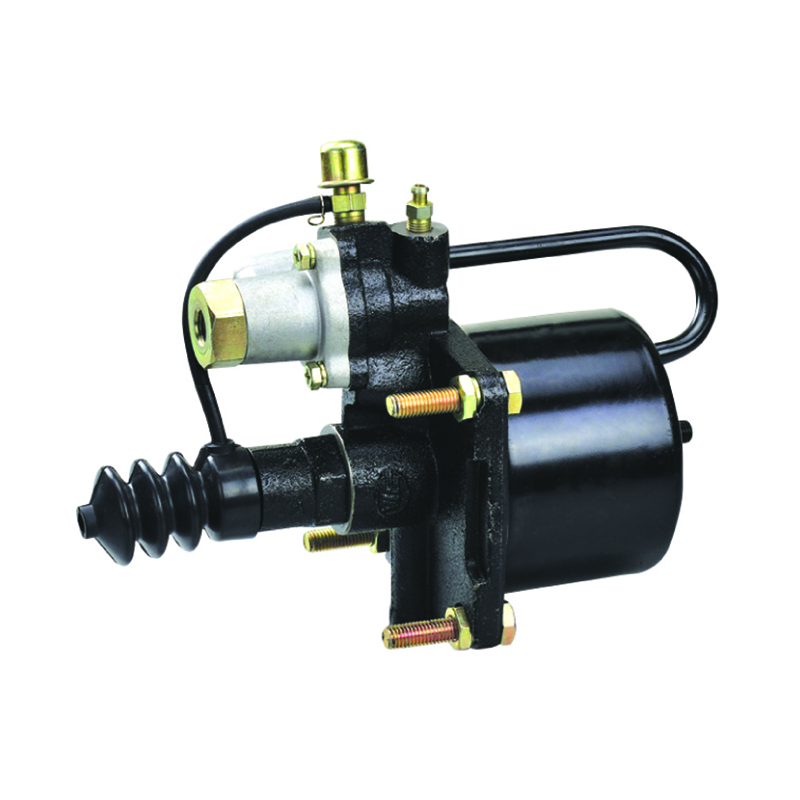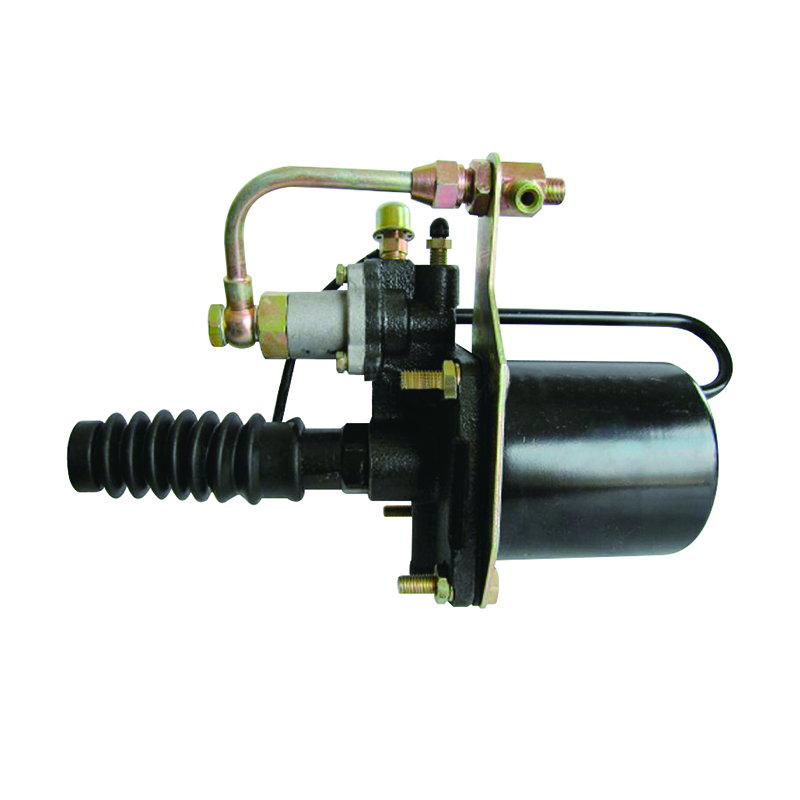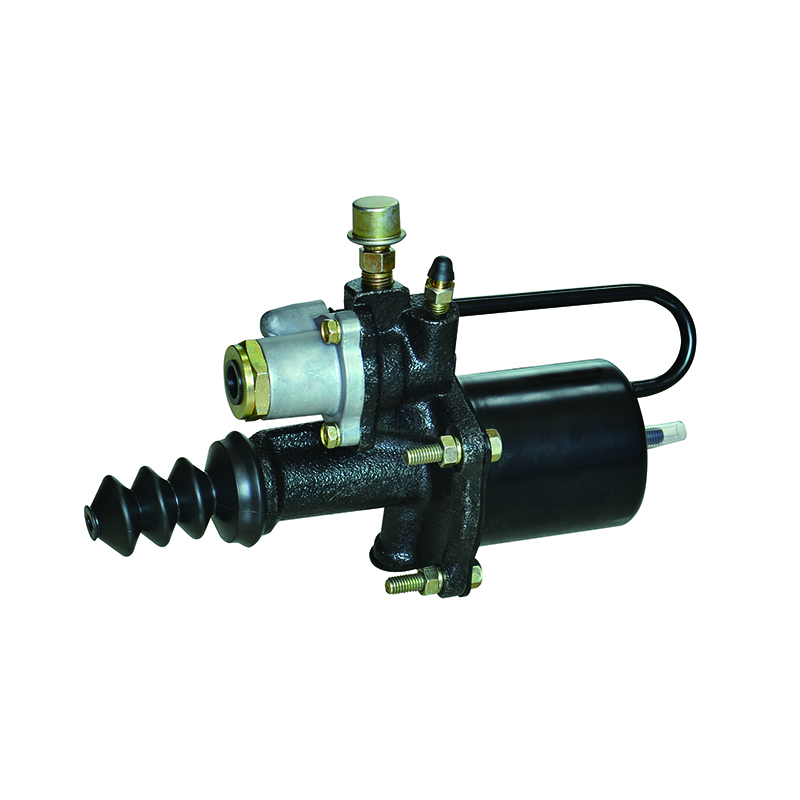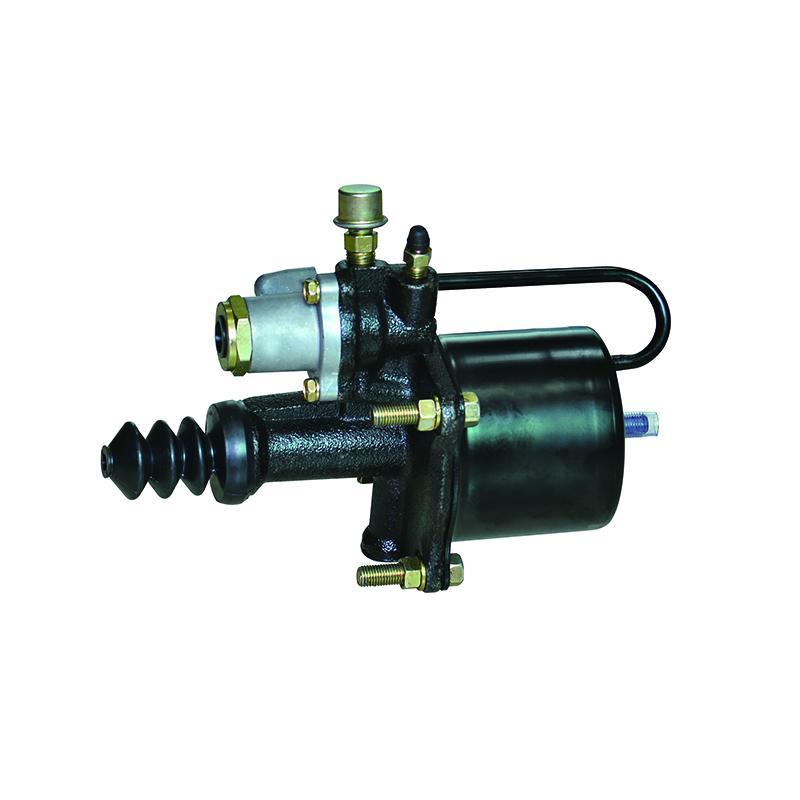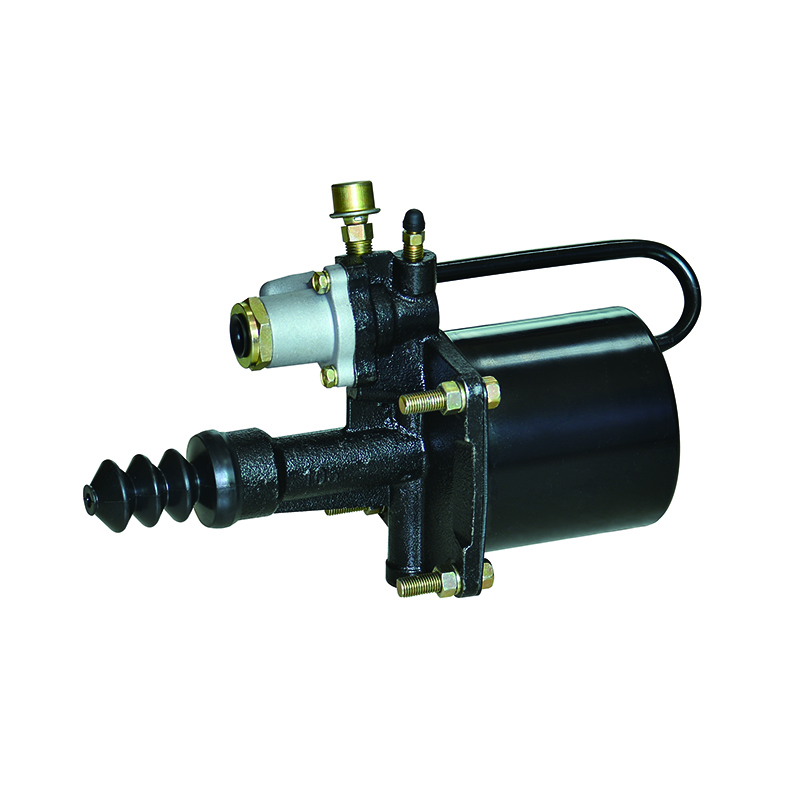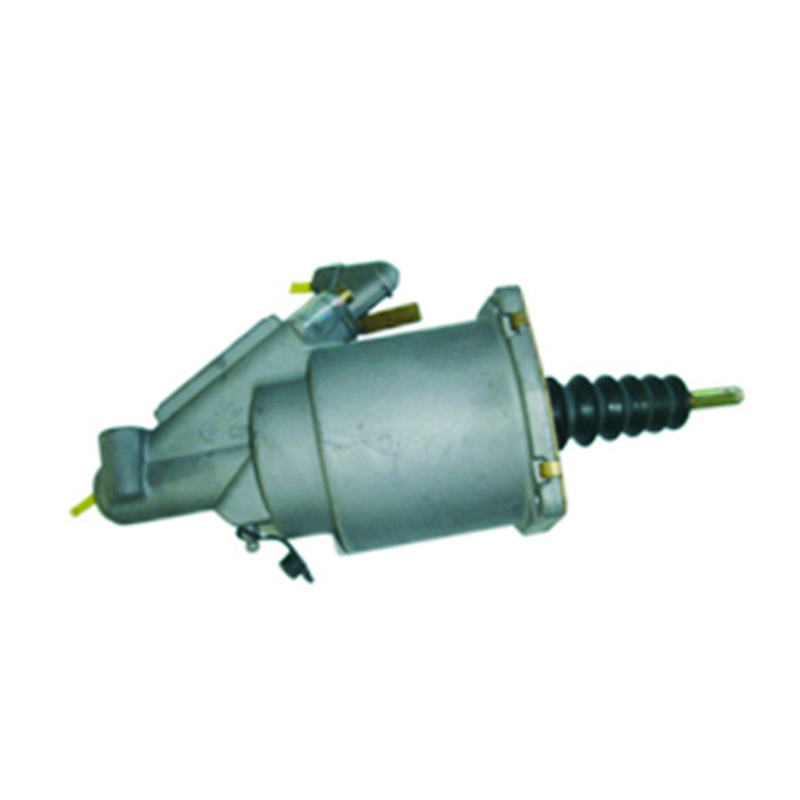For exclusive deals and latest offers, signup by entering your email address below.
Precision Engineering: Achieving Superior Air Coil Assembly
Precision engineering plays a critical role in achieving superior air coil assembly. Air coils are electromagnetic components used in various applications, including inductors, transformers, and antenna systems. To ensure optimal performance, it is essential to focus on precision during the assembly process. Here are some key factors to consider:
Design Optimization: The design of the air coil should be optimized for the intended application. This involves determining the appropriate coil dimensions, wire gauge, number of turns, and core material, among other parameters. Precise design calculations and simulations help achieve the desired electrical characteristics and performance.
Material Selection: Choosing high-quality materials is crucial for precision assembly. This includes selecting the appropriate wire with the desired electrical properties and insulation to minimize losses and ensure reliable operation. The choice of core material, such as ferrite or powdered iron, also affects the coil's performance and should be carefully considered.
Automated Winding: Automation plays a vital role in achieving precision during the winding process. Automated winding machines provide consistent tension control and accurate positioning, ensuring uniformity in the coil's turns and spacing. This helps maintain the desired inductance and minimizes variations between individual coils.
Tension Control: Proper tension control during winding is crucial to prevent wire stretching or deformation, which can affect the coil's electrical properties. Tensioners and feedback systems can be employed to maintain consistent tension throughout the winding process.
Bobbin or Formers: Using high-quality bobbins or formers helps maintain the shape and dimensions of the coil during assembly. Precise and stable bobbin dimensions ensure that the windings are uniformly positioned and aligned, avoiding inconsistencies that may degrade performance.

 English
English 中文简体
中文简体
